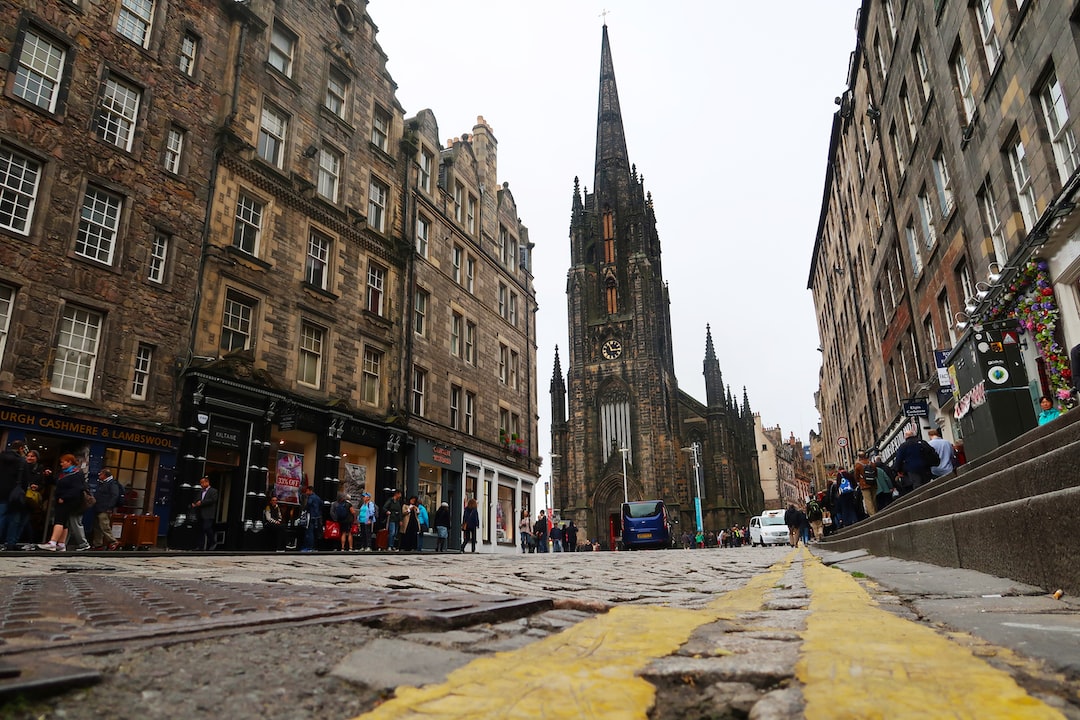Uncover the Dark Side of Edinburgh: The History of Witch Trials and Executions
Edinburgh, the capital city of Scotland, is renowned for its stunning architecture, rich history, and cultural offerings. However, not everything about this beautiful city is as idyllic as it seems. Beneath its picturesque facades and bustling streets lies a dark and haunting past of witch trials and executions.
During the 16th and 17th centuries, witchcraft hysteria gripped Europe, leading to the persecution and execution of countless innocent men and women accused of practicing witchcraft. Scotland, including Edinburgh, was not immune to this phenomenon. In fact, Edinburgh served as a major hub for witch trials, leaving a chilling legacy that still resonates today.
Witch trials in Edinburgh were not limited to one specific period but spanned several decades. One of the most notorious and well-documented trials was the North Berwick Witch Trials that took place between 1590 and 1592. It all began when King James VI, who later became James I of England, embarked on a perilous voyage to Denmark to marry Princess Anne. On his journey, a violent storm threatened to capsize his ship. Fearing a conspiracy, James accused the storms of being the result of witchcraft.
This accusation unleashed a wave of paranoia, leading to an intense investigation of both witches and supposed conspirators. The trials that followed were marked by horrific torture methods used to extract confessions and damning testimonies. Suspected witches were subjected to disfigurement, sensory deprivation, and even drowning to force them into confessing their crimes.
Some of the most infamous cases from these trials include the confessions of Agnes Sampson and Geillis Duncan. Agnes Sampson, also known as the “Wise Wife of Keith,” was accused of using magic to cause the death of a prominent citizen. She confessed under extreme torture, stating that she had attended a witches’ coven and participated in dark rituals. Geillis Duncan, an eccentric woman with a reputation for healing herbs, was accused of causing harm and death through witchcraft. Her confession implicated dozens of others, resulting in mass arrests and further trials.
The witch hysteria in Edinburgh reached its peak during the reign of King James VII, commonly known as James III of England. Known for his deep-seated fear and suspicion of witches, he passed the Witchcraft Act of 1563. This act decreed the death penalty for anyone found guilty of practicing witchcraft. Consequently, Edinburgh saw numerous executions carried out at The Mercat Cross, the city’s central location for public punishments.
One such infamous event was the execution of Marion Lillie or Marion Richison, an elderly woman in her seventies. Accused of practicing witchcraft and causing the deaths of several children, she was subjected to a grueling trial that ultimately led to her public execution in 1601. Crowds gathered to witness the spectacle and were often encouraged to participate by throwing stones, insults, and even rotten fruit at the accused.
Another haunting tale from Edinburgh’s dark past is that of Janet Douglas, Lady Glamis. Accused of witchcraft in 1537, she endured brutal torture before being burned at the stake. The horrific details of her execution were later immortalized by Sir Walter Scott’s novel, The Fair Maid of Perth.
The witch trials and executions cast a dark shadow over the history of Edinburgh, leading many to question the authenticity and fairness of these trials. Scholars argue that the majority of the accused were innocent victims caught in the crosshairs of superstition, fear, and political motivations. These events serve as a grim reminder of the fragility of justice and the depths of human cruelty.
Today, Edinburgh’s past echoes through various landmarks and attractions. From haunting tours of haunted underground vaults to exhibitions revealing the stories of the accused, the city offers visitors a chance to delve into its chilling history. The Museum of Edinburgh houses artifacts and displays chronicling the witch trials, providing a somber glimpse into this dark chapter.
While Edinburgh may be renowned for its beauty and cultural heritage, it is crucial to acknowledge its dark past. By uncovering the history of witch trials and executions, we can strive to learn from the mistakes of the past and work towards a more just and compassionate society.
